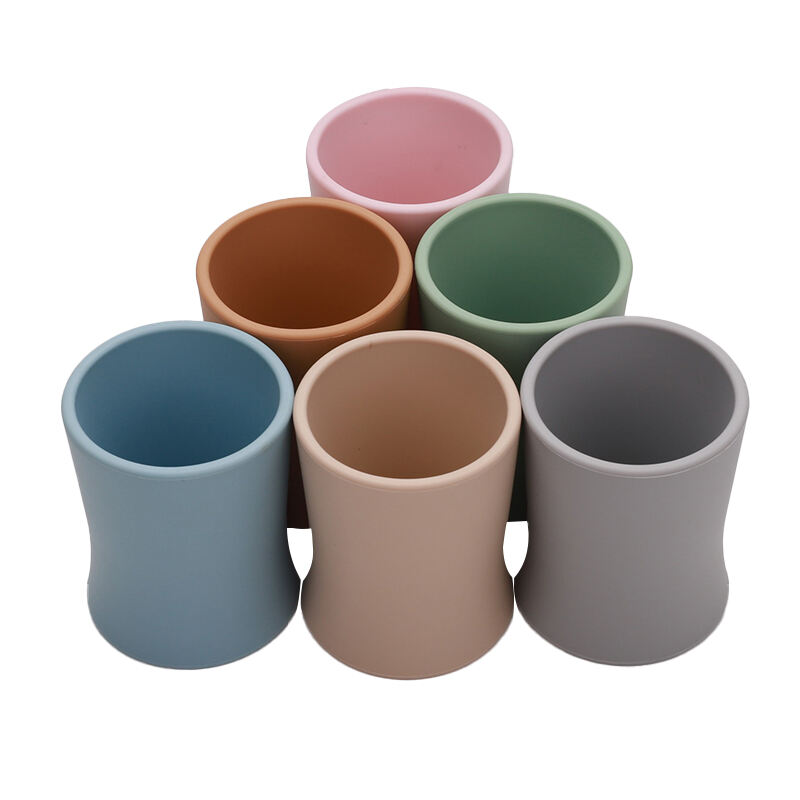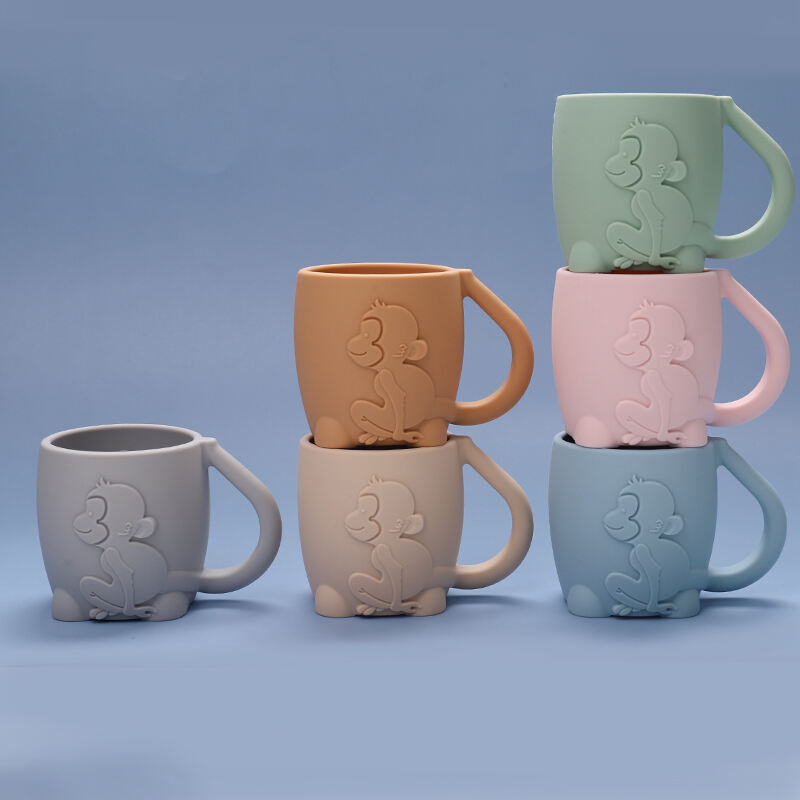The Modern Revolution in Drinkware: Understanding Silicone Cups
Over the past decade, silicone cups have transformed from a niche product into a mainstream sensation that's reshaping how we think about everyday drinkware. These versatile vessels have captured the attention of environmentally conscious consumers, parents, and lifestyle enthusiasts alike, offering a unique combination of durability, safety, and practical benefits that traditional materials simply can't match.
The rising popularity of silicone cups reflects a broader shift in consumer preferences toward sustainable, multipurpose products that align with modern lifestyle needs. From morning coffee runs to outdoor adventures, these innovative cups have proven themselves indispensable in various settings, prompting more people to make the switch from conventional options.
Essential Features and Benefits of Silicone Drinkware
Superior Durability and Flexibility
One of the most compelling attributes of silicone cups is their remarkable durability. Unlike glass or ceramic alternatives, silicone cups can withstand accidental drops and impacts without shattering. The flexible nature of silicone allows these cups to bend and compress without losing their original shape, making them particularly suitable for households with children or for use in outdoor settings.
The material's flexibility also offers practical advantages in storage and transport. Silicone cups can be squeezed into tight spaces, collapsed for compact storage, or easily tucked into bags without concern for breakage. This adaptability has made them especially popular among travelers, hikers, and anyone seeking space-efficient solutions.
Temperature Resistance and Versatility
Silicone cups excel in handling both hot and cold beverages, with most products capable of withstanding temperatures from -40°F to 400°F. This impressive temperature range means you can safely use the same cup for hot coffee in the morning and iced tea in the afternoon. The material also provides excellent insulation properties, helping maintain your beverage's temperature while keeping the exterior comfortable to hold.
The versatility extends beyond beverage service, as silicone cups can be used in microwaves, dishwashers, and even freezers. This multi-functional aspect has made them increasingly popular in households looking to streamline their kitchenware collection while maintaining functionality across different uses.

Environmental Impact and Sustainability
Eco-Friendly Alternative to Single-Use Plastics
As environmental consciousness continues to grow, silicone cups have emerged as a sustainable alternative to disposable drinkware. Unlike single-use plastic cups that contribute to environmental waste, silicone cups are designed for long-term use, potentially lasting for years with proper care. This durability significantly reduces the number of disposable cups ending up in landfills.
The manufacturing process of silicone cups also tends to have a lower environmental impact compared to traditional plastic production. Silicone is derived from silica, an abundant natural resource, and its production typically requires less energy than manufacturing plastic alternatives. Additionally, when properly disposed of, silicone products can be recycled through specialized facilities.
Long-Term Cost Benefits
While the initial investment in silicone cups might be higher than disposable alternatives, the long-term financial benefits are substantial. Regular users of disposable cups can save hundreds of dollars annually by switching to reusable silicone cups. The durability of these cups ensures that replacement costs are minimal, making them an economically sound choice for both households and businesses.
Many establishments now offer discounts to customers who bring their own cups, adding another layer of financial incentive for using silicone cups. This combination of durability and cost savings has contributed significantly to their growing popularity among budget-conscious consumers.
Safety and Health Considerations
Food-Grade Materials and Certifications
Quality silicone cups are manufactured using food-grade materials that meet strict safety standards. Premium silicone cups typically carry certifications from regulatory bodies, ensuring they're free from harmful chemicals like BPA, BPS, and phthalates. This safety aspect has made silicone cups particularly appealing to health-conscious consumers and parents looking for safe alternatives to plastic drinkware.
The non-porous nature of silicone also makes it naturally resistant to bacterial growth and odor retention. Unlike plastic containers that can become stained and harbor odors over time, silicone cups maintain their cleanliness and freshness with proper washing, contributing to better hygiene and longer usability.
Maintenance and Care Requirements
Maintaining silicone cups is remarkably straightforward, adding to their appeal for everyday use. They can be easily cleaned in dishwashers or by hand with regular soap and water. The material's resistance to staining means that even strongly colored beverages like coffee or tea won't leave permanent marks, ensuring the cups remain aesthetically pleasing over time.
To maximize the lifespan of silicone cups, simple care practices such as avoiding sharp objects and storing them properly can help prevent damage. The material's resilience means that even with regular use, these cups maintain their appearance and functionality far longer than traditional alternatives.
Frequently Asked Questions
Are silicone cups safe for hot beverages?
Yes, high-quality silicone cups are completely safe for hot beverages. Food-grade silicone is heat-resistant up to 400°F and won't leach chemicals into your drinks, even at high temperatures. The material also provides good insulation, keeping your beverages hot while protecting your hands from the heat.
How long do silicone cups typically last?
With proper care and regular use, silicone cups can last for several years. The exact lifespan depends on factors such as frequency of use, care practices, and quality of the product. Many users report their silicone cups maintaining excellent condition for 3-5 years or more.
Can silicone cups be recycled?
While silicone can be recycled, it requires specialized facilities and isn't accepted in most curbside recycling programs. However, the durability and long lifespan of silicone cups mean they create less waste overall compared to disposable alternatives. When they do reach the end of their useful life, look for specialized silicone recycling programs or facilities in your area.

